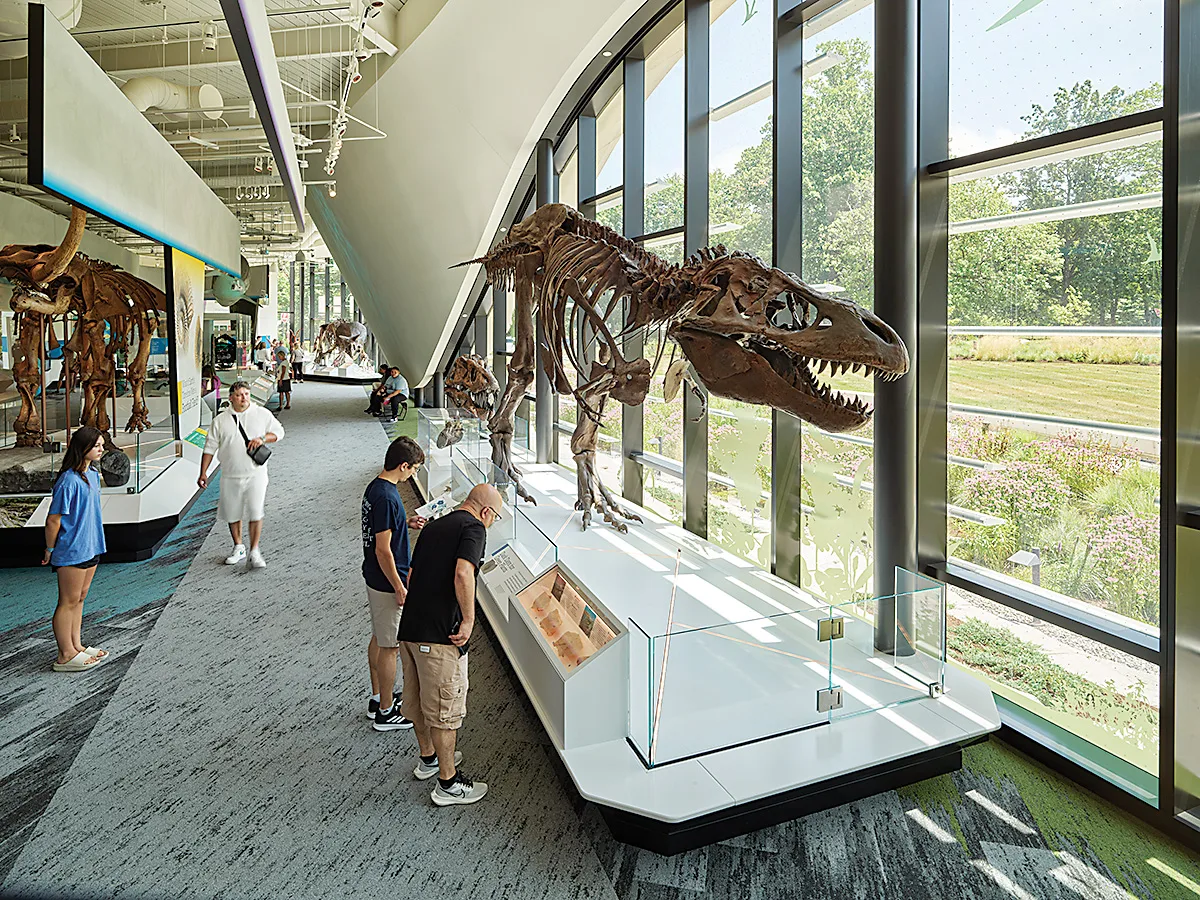
More than ever, museums need innovative, relevant, and engaging exhibits that ensure everyone has access to learning opportunities. For today’s museums, access means more than just admission — true inclusion also requires thoughtful design, responsive programming, and a deep commitment to creating a welcoming space that serves visitors of all ages, needs, abilities and backgrounds.
It also means departing from the static, hands-off exhibits of the past in favor of more dynamic, relatable, and hands-on experiences. Interactive exhibits and an inquiry-based approach can help to put visitors at the center of the story. For example, the Cleveland Museum of Natural History has introduced a new model that prioritizes inclusivity, accessibility and relevance. At the museum, inclusion is more than a goal; it’s a guiding principle.
Know Before You Go: Check Accessible Options at a Museum/Attraction
Look for wheelchair-accessible spaces, exhibits, and restrooms.
If a wheelchair is needed, find out where and how to access one during a visit. Also, check platforms such as WheeltheWorld.com to see verified accessibility details for organizations such as the Cleveland Museum of Natural History. Visitors who are deaf or hard of hearing should check what amplification devices are available.
If you are bringing a personal care assistant or primary caregiver, check what admission
discounts or accommodations are available.
At the Cleveland Museum of Natural History, both receive free admission.
Many museums and attractions offer opportunities for people with sensory needs to explore, whether it’s a designated visit time, sensory rooms or items to borrow. For example, the Cleveland Museum of Natural History is a KultureCity Certified Sensory Inclusive Venue, which provides sensory bags for visitors and helps them to identify headphone zones and quiet areas.

